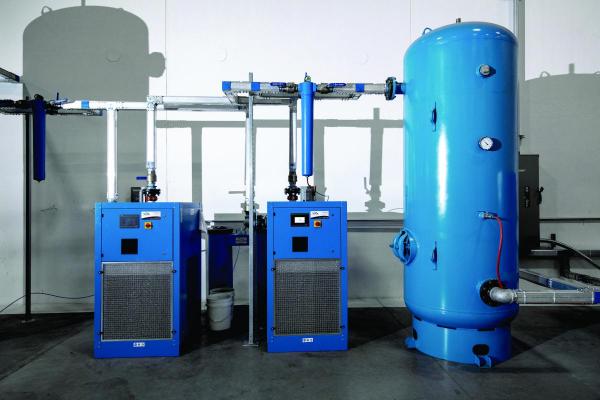Maintain Compliance with Updated Tank Safety Standards for Operations
Maintaining compliance with updated tank safety standards for operations is essential for ensuring both regulatory adherence and the protection of human life, property, and the environment. As industrial and environmental regulations evolve, organizations that utilize storage tanks whether for chemicals, fuels, water, or other substances must remain vigilant in adapting their operational protocols to align with the latest safety requirements. These updates are often driven by advances in technology, lessons learned from past incidents, and new research into materials, structural integrity, and hazard mitigation. Therefore, companies must regularly review and revise their safety practices, inspection schedules, and employee training programs to reflect the most recent standards. One of the primary considerations in achieving compliance is the routine inspection and maintenance of tanks. Updated standards typically place a greater emphasis on proactive monitoring and the early detection of corrosion, leaks, or structural weaknesses.

This means employing modern technologies such as ultrasonic testing, remote monitoring systems, and automated leak detection. Additionally, tank operators are often required to document inspections meticulously and implement corrective actions swiftly when any issues are identified. A key aspect of compliance is ensuring that tanks are constructed and modified in accordance with certified engineering specifications, using approved materials that can withstand the chemical and physical stresses they will be exposed to over time. Employee training is another cornerstone of compliance with tank safety standards. As standards are updated, new requirements often mandate more rigorous or expanded training for personnel involved in operations, maintenance, and emergency response. Workers must be familiar not only with day-to-day operational procedures but also with emergency shutdown protocols, containment measures, and reporting procedures. An organization that invests in continuous education and skill development for its workforce positions itself to better comply with regulations while also reducing the risk of accidents.
Environmental and community safety considerations are increasingly central to updated standards. Operators are now often required to implement secondary containment systems, conduct risk assessments, and prepare comprehensive emergency response plans. These measures help mitigate the consequences of potential spills or leaks, particularly when tanks are located near sensitive ecosystems or populated areas. Compliance also involves timely communication with local authorities and stakeholders, ensuring transparency and preparedness in the event of an incident. Recordkeeping and documentation play a vital role in demonstrating compliance. Regulatory bodies often require detailed records of inspections, maintenance activities, training sessions, and incident reports. Digital recordkeeping systems can streamline this process and provide easy access to historical data during audits or investigations. Furthermore, Bonuses adopting a culture of safety and continuous improvement supports not only regulatory compliance but also operational efficiency and reputational strength. In a regulatory environment that is continuously evolving, maintaining compliance with updated tank safety standards demands a proactive, integrated approach.


